Unique Features of the Roth IRA
The Roth IRA—It’s a Gem of a Financial Planning Tool!
Financial planners and estate planners alike love the Roth IRA, and for good reason—there’s nothing else like it.
So what makes the Roth IRA so special? While this retirement account has a number of great features, here are 3 of its most attractive:
1. Tax-free Withdrawals
If you qualify to contribute to either the traditional deductible IRA or the Roth IRA, which should you do? If you contribute to the traditional deductible IRA, you can deduct your contribution amount (up to your allowable maximum) and lower your taxes for the current year. On the other hand, with the Roth you don’t get the current tax break. But your reward is on the other end—zero income taxes on qualified withdrawals! The tax break you forego today could be quite small in comparison with the potential future benefit. The larger your account grows through the years, the greater the benefit of a Roth.
2. Flexibility
Additionally, a Roth offers a great deal of flexibility during your working years. If you must make an early withdrawal after your money has been in your Roth for at least 5 years, then the first dollars out are considered return of your contributions. Since you have already paid taxes on your contributions, no income taxes are due unless you withdraw more than you contributed. In that case, taxes would be due on the growth portion.
If your money has not been in at least 5 years, then early withdrawals could be subject to a 10% penalty (but there are some exceptions). Bear in mind, you would not want to take an early withdrawal from any retirement account except in an extreme emergency. Withdrawing the money means it’s no longer growing in your account, and you can only contribute the yearly amount allowable. Say you take out $10,000 for some reason. You can’t just go stick the $10,000 back in. The most you can put back in is $5,500 (as of 2017; $6,500 if you’re 50 or older).
3. Advantages in both retirement and in estate planning
When you retire, if you don’t need the money from your Roth you can leave it invested because you are not required to start taking minimum distributions (RMDs) from a Roth IRA. Then, when your loved ones receive the Roth at your death, they do not have to pay income taxes on the money either, unlike money from other inherited retirement plans.¹ So the Roth can serve as an excellent estate planning tool, helping you maximize the wealth you pass on to your heirs.
¹ Income taxes are a separate issue from estate and inheritance taxes, which could still apply, depending on the size of the taxable estate and the state in which you live.
Note: Few things regarding taxes are simple and straightforward. There are many exceptions to seemingly every rule. For more information on Roth IRAs, refer to www.rothira.com or the IRS site, https://www.irs.gov/retirement-plans/roth-iras. If you prepare your own tax return, a tax preparation program is quite helpful because it asks you a series of questions to help determine if certain exceptions or limits or situations apply to you.
You can find more information on the Roth IRA as well as other personal finance topics in my book, Money For Life. It’s available on Amazon as either a paperback or an e-book download for Kindle. [Note: you do NOT need a Kindle to read it. Amazon has a free reader download that allows you to read Kindle books on your computer.]
